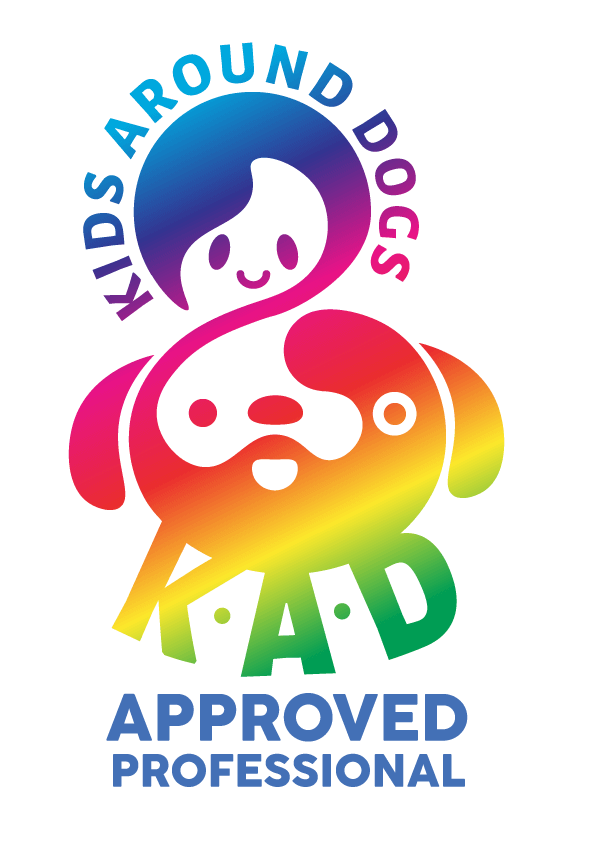As many of my clients will testify, I am always wittering on about the importance of how you ‘look and sound’ when interacting with your dog. Never is this so important when training, for example recall. After all, who wants to return to someone who looks and sounds angry! And, it seems that research is backing up what many dog owners already suspected – that our four-legged friend can tell the difference between our happy and angry faces.
The new study recently published in the journal Current Biology, comes from the Messerli Research Institute’s Clever Dog Lab in Vienna, and is part of a larger project which is investigating how humans and dogs interact.
This particular research led by Corsin Müller, involved training 20 dogs to associate pictures of happy or angry faces with a reward.
Half the dogs received a treat when they touched the screen display of an angry face with their nose, and the other half were rewarded for touching the images of happy faces. Then in a subsequent test, the scientists showed the dogs images of human faces they had not seen before during their training. This suggested that dogs could spot the difference between the expressions.
Furthermore, the scientists also showed the dogs half pictures of happy and angry faces, where only part of the expression could be seen – such as the upper eye area or lower part of the mouth.
Prof Ludwig Huber, a senior author of this project, says that by displaying only half of the face the dogs had learned to recognise in their training, showed they could “transfer their knowledge” of human facial expressions.
This suggests that those dogs successful in the latter test, could understand a smiling mouth to mean the same thing as smiling eyes.
Interestingly, of the dogs that had to touch the angry face to be rewarded in the training, it took them three times as long to learn the task. This evidence shows that dogs understand an angry face to be something they don’t like; where as a smiling face is associated with a positive meaning. So, this research supports other studies that prove how punitive methods of dog training that includes shouting at the dog, can hinder the speed at which a dog learns and his success rate of performing a task.
The scientists at the Clever Dog Lab believe that the dogs’ ability to successfully translate human expression in this study could be based on their prior knowledge of the meaning of human emotional expressions. Huber says: “It seems as if they don’t like to touch an angry face.”
There is no doubt that our dogs watch us humans – they can read our non-verbal communication signals like a book. And, there is little doubt that our dogs will, as a consequence, adapt the way they behave based on the signals we elicit.
Paws for thought…
So, next time you catch yourself saying that your dog “knows he’s done wrong because he looks guilty”, think about what you were doing at that very moment. Were you frowning? Was your mouth turned down? Were you leaning in towards your dog? And was your voice raised? As this study suggests, if dogs can discriminate between happy and angry faces, is it any wonder that our pooches will display appeasement gestures in the hope of calming that angry looking owner down?
Learn more about our classes

Get Hanne's Book
Playing With Your Dog will help any dog owner work out the games that are best suited for their pet to play throughout his life, from puppyhood to old age. The book also shares some tricks for all ages, group activities, and recommended toys that dogs will enjoy.

























